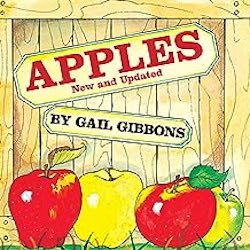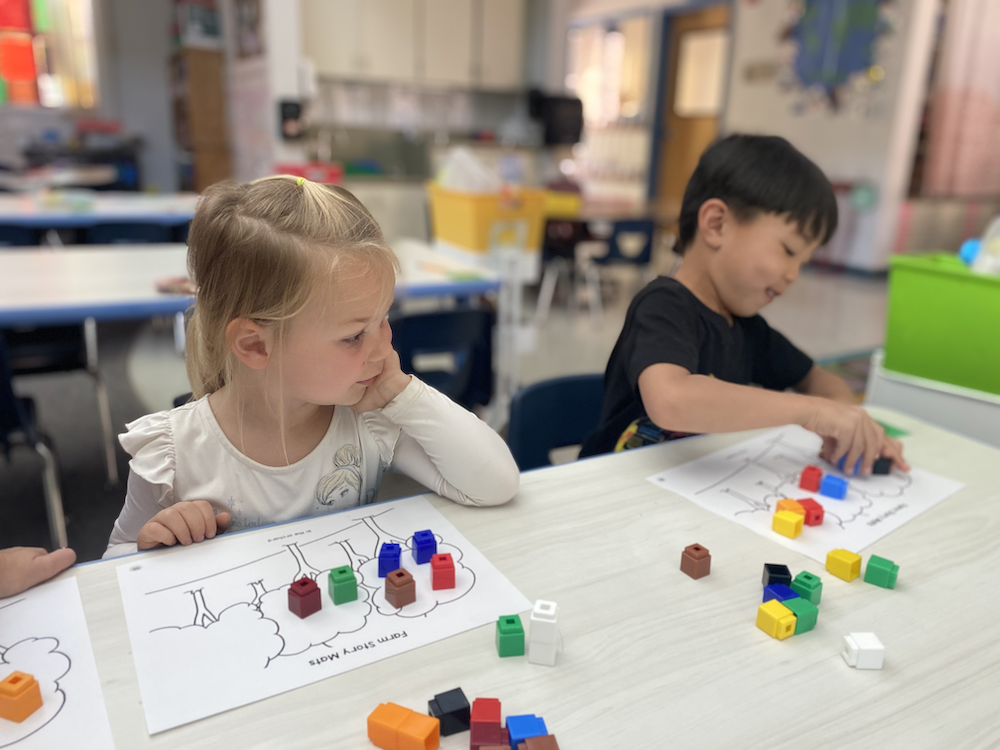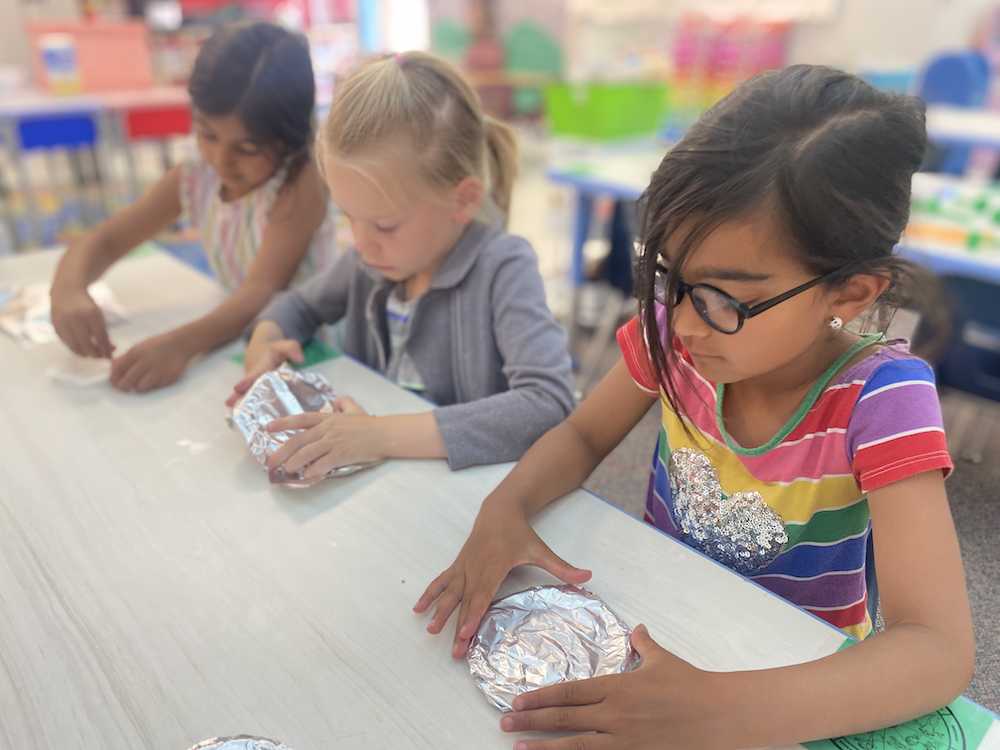In an effort to simplify the idea of where food comes from, many early learners are implicitly taught that most farms look like the farms of the past: a single family living and working on a farm to provide for their day-to-day needs. In the past, the entire family would work on the farm and there was always work to be done. Typically, these farms would grow many different fruits and vegetables, with a big barn that housed a variety of livestock animals: a small brood of chickens, a horse, several cows and pigs, and a small herd of sheep. The family's food came from their own farm. Although some farms are still like that, today we get most of our food from much larger farms—still family owned—that specialize in growing one type of food. There are egg farms, dairy farms, almond farms, and apple farms. Modern farms require specialized knowledge, skills, and machinery in order to survive the global marketplace.
This lesson is part of a series called, Life on the Farm. The remaining lessons can be found at the following links:
Food crops are plants that people grow to eat. There are many different types of food crops, like fruits, vegetables, grains, nuts, and beans.
Fruits: Fruits come from flowering plants. They start as tiny flowers and then grow into fruits. For example, apples grow on apple trees. They get big and juicy as they ripen.
Vegetables: Vegetables can come from different parts of plants. Carrots and potatoes grow underground, while lettuce and spinach grow as leaves above the ground. We eat these parts of the plants.
Grains: Grains are seeds that grow on tall plants like wheat, rice, and corn. Farmers plant these seeds in fields, and when they're ready, they are harvested and used to make foods like bread, pasta, and cereal.
Nuts: Most nuts we eat grow on trees, but peanuts grow underground.
Beans: Beans grow on plants. They come in different colors and shapes, like green beans, black beans, and kidney beans. We can cook and eat them.
 Read the book, Apples by Gail Gibbons.
Read the book, Apples by Gail Gibbons. Show the students the
Show the students the  Explain to the students that farmers take care of plants so that they can grow big and healthy. Farmers take care of lots of plants, sometimes even thousands of plants, which we call a crop. The crop needs food, water, and light. Farmers work really hard to make sure the plants are healthy, and when the plants are ready, they harvest the crop. For example, farmers might grow corn as a crop to sell as food for people or animals. Or they might grow cotton as a crop to make into clothing.
Explain to the students that farmers take care of plants so that they can grow big and healthy. Farmers take care of lots of plants, sometimes even thousands of plants, which we call a crop. The crop needs food, water, and light. Farmers work really hard to make sure the plants are healthy, and when the plants are ready, they harvest the crop. For example, farmers might grow corn as a crop to sell as food for people or animals. Or they might grow cotton as a crop to make into clothing.